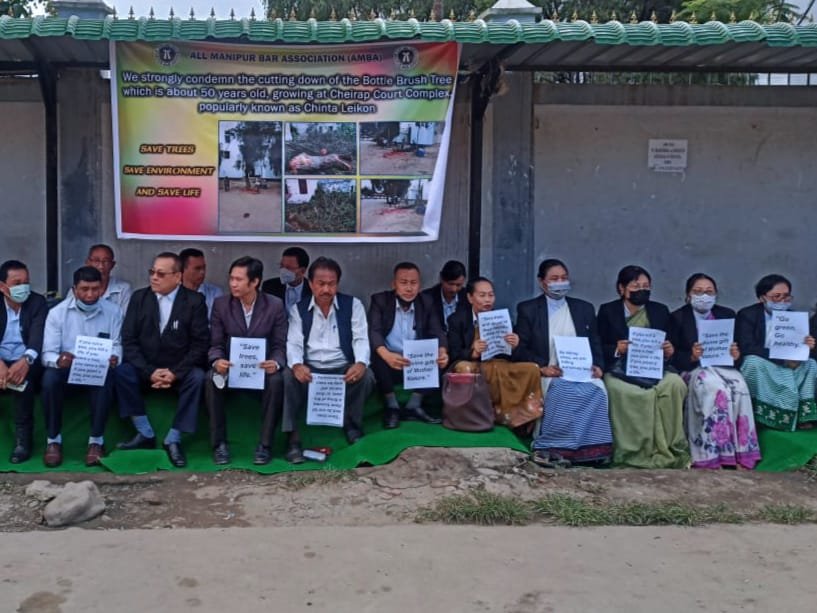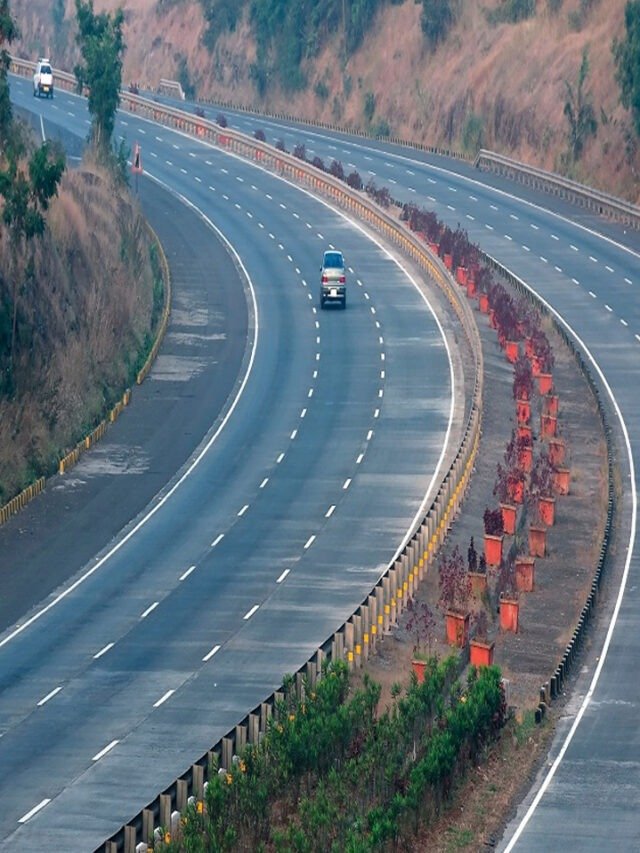HT Digital
SHILLONG, Mar 7: The Meghalaya High Court recently directed State Authorities to ensure that applicants giving permission for cutting down trees under the Meghalaya Tree Preservation Rules, 1976, in the Lower New Colony area of Laitumkhrah, present a clear explanation of how the trees are dangerous to life and property. The order is intended to prevent unauthorized felling of trees and ensure due process is maintained.
A division bench, consisting of Chief Justice I. P. Mukerji and Justice W. Diengdoh, has also ordered State authorities to inspect the trees and property before taking any decision on felling of trees. The Court acted on a Public Interest Litigation (PIL) filed for preventing illegal or irregular felling of trees in the area.
In its February 7 order, the Court ordered the State respondents to file an affidavit on or before February 28 with details of all the pending applications for felling trees.
The affidavit shall reveal decisions already taken but not yet implemented, and all applications shall be dealt with strictly in accordance with the Meghalaya Tree (Preservation) Act, 1976, and its connected rules. The Court also directed that earlier approved felling applications be reviewed and asked the authorities to suspend any tree felling until the issue is thoroughly examined.
The State authorities obliged by submitting the affidavit, which contained information like the number of pending applications, the quantity of trees asked for cutting down, the grounds mentioned for uprooting, inspection reports, and the present status of every application. The Court noted that all applications mentioned that the trees were a danger to human life, with certain requests asking for the uprooting of as many as 89 trees in one application.
While appreciating that these applications are in the format prescribed under Rule 3(1) of the Meghalaya Tree Preservation Rules, 1976, the Court instructed the State to make the applicants provide a detailed explanation as an annexure, identifying specifically how each of the trees threatens life and property.
The Court also gave explicit directions to the State authorities, such as:
•Physical inspections of the trees and the properties on which they stand.
•Striving to conserve trees that are considered hazardous by undertaking actions like pruning branches or partial felling.
•Granting full felling only as a last option when preservation attempts fail.
•Removing trees instantly only in situations where they represent an imminent and significant danger.
The Court also held that no tree must be cut down unless it poses an immediate and severe danger, and only after careful scrutiny by the authorities. The case reflects the judiciary’s pledge towards environmental preservation while maintaining public safety.












